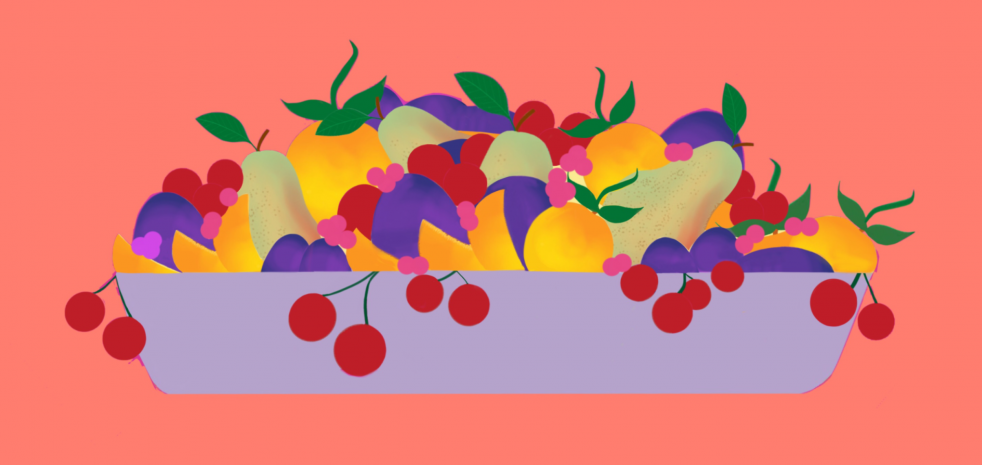Niall Williams’ This is Happiness is one of the best books I’ve ever read. Rich in Irish wit, humor and irony (as well as the occasional paragraph-long-or-so sentence), the novel presents both challenges and delights.
Recounting his experiences as a 17-year-old, the warm and reflective septuagenarian narrator, Noe, recalls the exceptional, rainless mid-twentieth-century year in which electricity came to the remote hamlet of Faha, Ireland. Not accustomed to modern conveniences (and quite content to maintain their pastoral way of life), the citizens of Faha are a colorful bunch, most notably Noe’s beloved grandparents, Doady and Ganga, and Christy, Noe’s new-found 70-year-old friend.
Now, while the coming of electricity informs the novel, it’s not the sum total, because, first and foremost, This is Happiness is a highly-affecting love story told in stunningly beautiful prose. Born and raised a Catholic, Noe’s weaves his fall from-the-traditional church around the many iterations of requited and unrequited love he observes and experiences. Starting with Doady and Ganga’s often-humorous-but-deeply-felt love story, we quickly learn it is love, not the idea of happiness, which informs the novel—because happiness, as Christy explains, is just this—the moment, any moment—under the stars, in the city, by the sea—in which we presently find ourselves. It’s an appreciation for the joy of existence, for the beauty of nature and our momentary apprehension of it. All of which is to say, This is Happiness is an ode to love—filial, familial, fraternal, communal and romantic—in all its glory and pathos as we experience it in our tiny moment in time.
Along with Doady and Ganga, Williams aptly renders Christy, Noe’s unlikely anti-hero friend-and-mentor, as well as the unexpectedly impactful character of Annie Mooney, Christie’s erstwhile love. There’s much to consider in the parallels between Christy’s love for Annie and Noe’s love—of his deceased mother, grandparents, and along the way, his first adolescent crush—and as well as those between Ganga’s Kierkegaardian knight-of-faith and Christy’s Knight of Infinite Resignation. And, finally, there’s much to admire about the tiny, raggedy town of Faha.
A final note—when a book group friend quietly noted that Christy is a Christ figure in this very Catholic book—I responded, he most certainly is not, years of Catholicism having fully sensitized to me the slightest whiff of a Christian allegory (eg, The Life of Pi). This is Happiness, I insisted, is not one of them. However, I later decided Williams did obviously mean to infer a connection to Christ.by naming his major characters, Christ(y), and Noe (whose name, we learn, is short for Noel, a Christian reference to the birth of Christ). But Christy is NOT a Christ-figure-per-se (or a second-coming-of-Christ-figure, etc.). He is, rather, one iteration of a modern-day secular Christ. That is, he is what all of us can/should/hopefully aspire to become: good, kind, loving, fully-realized human beings. In other words, Christy is a ‘Christian’ free of the trappings of the Catholic Church. And that, in the end, is Noe’s awakening—that a person need not ascribe to any particular religion to be his best, most authentic self.
